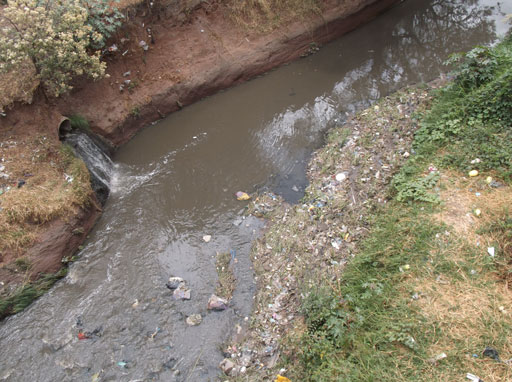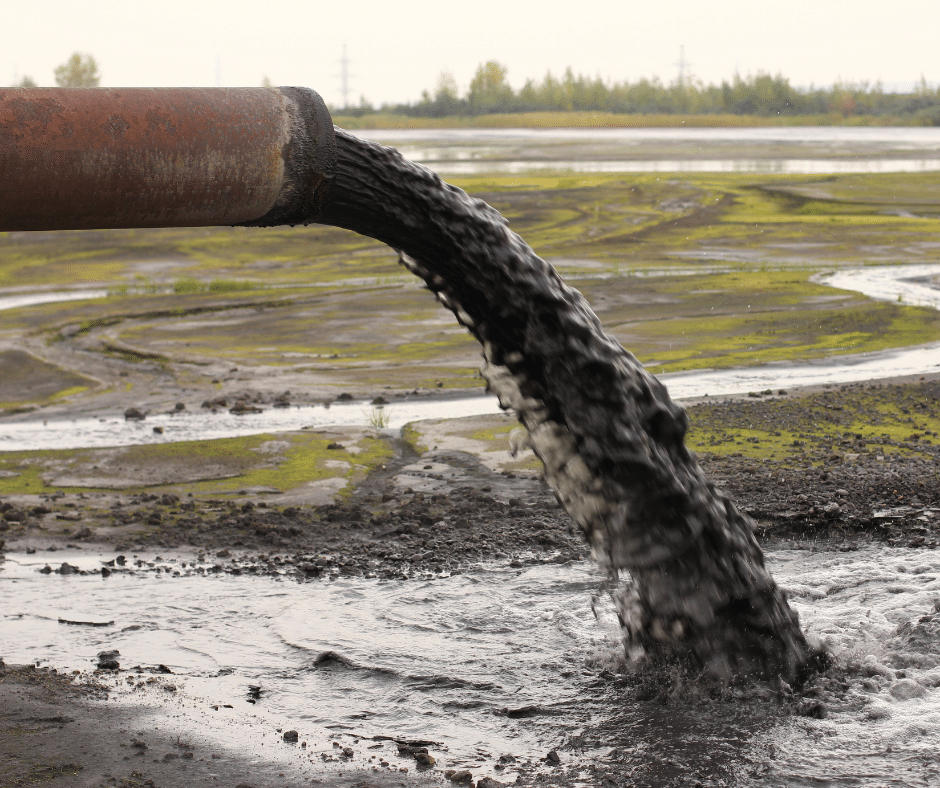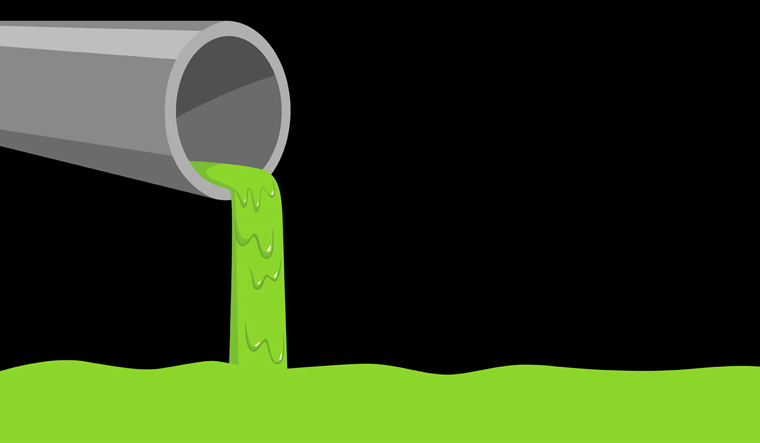Specialist Liquid Waste Removal Melbourne: Rapid and Economical Solutions
Specialist Liquid Waste Removal Melbourne: Rapid and Economical Solutions
Blog Article
How Fluid Garbage Disposal Works: A Detailed Summary of Methods and Technologies Utilized

Overview of Liquid Waste Kind
The intricacy of fluid waste types demands a thorough understanding of their attributes and ramifications for disposal. Fluid waste can extensively be classified right into several kinds, including commercial, metropolitan, agricultural, and contaminated materials. Each classification shows unique residential or commercial properties, requiring particular administration approaches to mitigate ecological and wellness dangers.
Industrial fluid waste originates from manufacturing processes and commonly consists of a variety of pollutants, such as heavy steels, solvents, and natural compounds. Municipal liquid waste, largely consisting of wastewater from families and business facilities, has organic matter, nutrients, and microorganisms (industrial wastewater treatment). Agricultural fluid waste, including overflow from farms, might have plant foods, pesticides, and pet waste, posing threats to water top quality and environments
Dangerous liquid waste is characterized by its toxicity, reactivity, or possible to create damage. Recognizing these varied liquid waste kinds is important for establishing efficient disposal methods and ensuring conformity with environmental guidelines.
Physical Therapy Methods

Testing is the first step, where larger bits and particles are eliminated from the liquid waste using screens or grates. This process secures downstream equipment from damages and makes sure smoother procedure. Following testing, sedimentation uses gravitational force to different solids from liquids. In sedimentation tanks, heavier particles settle near the bottom, creating a sludge layer, while the cleared up liquid can be additional treated.
Purification is another vital approach that involves passing the fluid with permeable products, such as sand or membrane layers, to record smaller fragments. This action enhances the high quality of the fluid, making it suitable for subsequent therapy procedures.

Chemical Therapy Techniques
Chemical treatment methods are crucial for successfully taking care of liquid waste, specifically in dealing with liquified and colloidal pollutants that physical techniques might not effectively remove. These techniques make use of different chemical agents to neutralize, precipitate, or change dangerous compounds into much less unsafe kinds.
One common technique is coagulation and flocculation, where chemicals such as alum or ferric chloride are contributed to promote the aggregation of suspended fragments. This procedure improves sedimentation, permitting easier removal of the resulting sludge. In addition, oxidation processes, utilizing representatives like chlorine or ozone, are utilized to damage down complicated organic compounds and virus, providing the waste much safer for discharge or further treatment.
Neutralization is one more important strategy, which changes the pH of acidic or alkaline waste streams to neutral levels, stopping potential damage to downstream systems and the atmosphere. Furthermore, advanced oxidation processes (AOPs) make use of combinations of oxidants and ultraviolet light to degrade persistent pollutants, accomplishing a greater level of therapy efficiency.
Biological Therapy Procedures
Organic therapy procedures play an essential function in the monitoring of fluid waste by utilizing microbes to decompose natural issue and reduce contaminant levels. These processes can be generally classified into aerobic and anaerobic therapies, each employing details microbial neighborhoods to accomplish efficient waste deterioration.
Cardiovascular treatment involves using oxygen to promote the breakdown of organic materials by germs. This process is commonly implemented in triggered sludge systems, where oygenation containers supply a favorable environment for official site microbial development, leading to the oxidation of natural contaminants. The resultant biomass can be separated from dealt with effluent through sedimentation.
On the other hand, anaerobic therapy takes place in the absence of oxygen, depending on various bacteria to break down organic issue. This approach is especially useful for high-strength waste, as it generates biogas, an eco-friendly power source, while reducing sludge production. Technologies such as anaerobic digesters are regularly employed in community and commercial applications.
Both aerobic and anaerobic organic treatments not only decrease the ecological impact of liquid waste however additionally facilitate resource healing, making them vital parts of lasting waste administration approaches. Their efficiency, versatility, and efficiency sustain their prevalent application across various industries.
Arising Technologies in Disposal
Cutting-edge approaches to fluid waste disposal are quickly progressing, driven by innovations link in technology and an increasing focus on sustainability. Amongst these emerging modern technologies, membrane layer bioreactors (MBRs) have actually obtained traction for their ability to combine organic therapy with membrane layer filtering, resulting in top notch effluent that can be recycled in different applications. MBRs make it possible for smaller footprints and much more reliable procedures compared to standard systems.
An see this website additional appealing advancement is using anaerobic digestion combined with nutrient recuperation technologies, which not only deals with fluid waste yet additionally produces biogas and recoups useful nutrients like nitrogen and phosphorus. This double advantage boosts resource performance and lowers ecological impact.
Furthermore, progressed oxidation processes (AOPs) are being adopted for the destruction of complex natural pollutants. These approaches make use of powerful oxidants and stimulants to break down impurities at the molecular level, using a very efficient remedy for challenging waste streams.
Moreover, the assimilation of synthetic intelligence and machine knowing in waste monitoring systems is optimizing functional efficiency and anticipating upkeep, resulting in minimized prices and improved ecological conformity. These modern technologies mirror a significant change in the direction of more sustainable and efficient fluid waste disposal practices.
Conclusion
In verdict, efficient liquid waste disposal necessitates a detailed understanding of various strategies and innovations. The integration of physical, chemical, and organic therapy techniques makes certain the reliable management of varied waste kinds. Furthermore, the emergence of cutting-edge technologies boosts treatment effectiveness and advertises sustainability in waste management techniques. By continuously progressing these techniques, it ends up being possible to attend to the growing obstacles linked with liquid waste, inevitably adding to environmental management and resource recuperation.
Liquid waste disposal is an essential element of environmental administration, needing a detailed understanding of various techniques and modern technologies tailored to different waste kinds. Liquid waste can broadly be categorized into numerous types, including commercial, municipal, farming, and unsafe waste. Agricultural fluid waste, consisting of drainage from farms, may contain plant foods, pesticides, and pet waste, positioning dangers to water high quality and ecosystems.
Numerous physical treatment methods play an essential duty in handling fluid waste effectively - industrial wastewater treatment.In conclusion, reliable liquid waste disposal requires a detailed understanding of different methods and innovations
Report this page